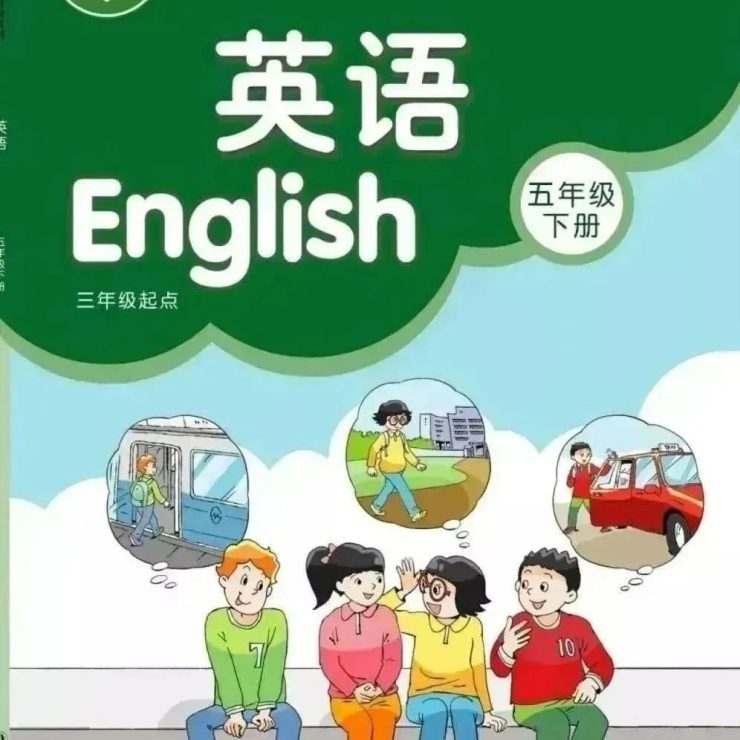译林版五年级下册unit 4 课文解说

—————————单词表—————————
see the doctor 英 [siː ðə ˈdɒktə(r)] 美 [siː ðə ˈdɑːktər] 看医生,看病
feel [fiːl] 觉,感到
check [tʃek] 检查
should [ʃʊd , ʃəd] 应该
have a rest [hæv ə rest] 休息
take medicine [teɪk ˈmedɪsn] 吃药
drink water 英 [drɪŋk ˈwɔːtə(r)] 美 [drɪŋk ˈwɔːtər] 喝水
toothache [ˈtuːθeɪk] 牙疼
dentist [ˈdentɪst] 牙医
anything [ˈeniθɪŋ] 任何东西
brush one’s teeth [brʌʃ wʌnz tiːθ] 刷牙
bedtime [ˈbedtaɪm] 就寝时间
giraffe 英 [dʒəˈrɑːf] 美 [dʒəˈræf] 长颈鹿
point at [pɔɪnt æt] 指着,指向
neck [nek] 脖子
苏教译林版小学英语五年级下册 Unit 4 电子课本
知识点
短语
see the doctor 看医生
have a headache 头疼
have a fever 发烧
have a rest 休息
at home 在家
take some medicine 吃一些
drink some warm water 喝一些温水
brush one’ s teeth 刷牙
eat sweets 吃糖果
have a toothache 牙疼
see the dentist 看牙医
a lot of 许多
too many 太多
in the morning 在早晨
before bedtime 就寝之前
in the hospital 在医院里
point at 指着
惯用语:
1. Thank you. 谢谢你。
2.OK.好的。
3. Thanks.谢谢。
4. OK好了。
5.Sure当然。
6.Oh, no! 哦,不!
知识点精析
1.如何询问对方出现了什么状况
【课文应用】 What’s wrong with you? 你怎么了?
I have a headache.我头疼。
【句型结构】问句:What’ s wrong with you?
答语: I have a/an+疾病名称( toothache, headache, earache…)
【重点解析】
-
问句用来询问对方出现了什么状况,是医生和护士询问病人病情时常用的句子
-
问句是由what开头的特殊疑问句。wrong是形容词,意为“不正常的;有毛病的
-
在答语中,have表示“生病”。当疾病名词的读音以元音音素开头时,冠词用an。
【生活实例】星期一早晨,已经六点半了, David还没起床,究竟发生了什么事?妈妈和他说了些什么呢?让我们来看一看:
Mum: David, please get up! What’ s wrong with you?戴维,请起床!你怎么了?
David: Mum,I have a headache. 妈妈,我头疼。
2. 如何询问他人出现了什么状况
(1)问句: What’s wrong with+主语(第三人称单数)?
答语: He/ She has a/an+疾病名称
例如: -What’ s wrong with Mike?迈克怎么了?
-He has a fever.他发烧了
(2)问句: What’ s wrong with+主语(第三人称复数)?
答语: They have a/an+疾病名称
例如:-What’s wrong with them?他们怎么了?
-They have a cold..他们感冒了。
注意:
What’s wrong with you?
=What’s the matter with you?
=What’s the trouble with you?
=What’s the problem with you?
你/你们怎么了?
3. 常见的表示疾病的短语
have a toothache 牙疼
have a cold 感冒
have a fever 发烧
have a sore throat 噪子疼
have the flu 得了流行性感冒
have a stomachache 胃疼
4. 提建议的句型:… should/ shouldn’t…
【课文应用】You should have a rest at home.你应该在家休息。
You shouldn’t eat too many sweets.你不应该吃太多糖果。
【句型结构】主语+ should/ shouldn’t+动词(短语)原形(+其他)
【重点解析]】
-
should 是情态动词,意为“应该”。shouldn’t是 should的否定形式,意为“不应该”。
-
should和 shouldn’t没有人称和数的变化,与动词(短语)原形搭配使用
例:Mary生病了,医生建议她:
You should have a rest. You shouldn’t work.你应该休息,不应该工作。
5. 询问某人应该做什么的句型:What should…do?
【课文应用】 What should I do, Doctor?我应该做什么,医生?
【句型结构】 What should+主语+do?
【重点解析】
-
主语可以是人称代词主格 (I,he,she)
-
should意为“应该”,是情态动词,与其搭配使用的动词用原形。
【生活实例】Mary把Bill的书弄丢了,她不知道该怎么办,于是她问妈妈:
Mary: What should I do,Mum?我应该做什么,妈妈?
Mum:Mary,you should say sorry to Bill. 玛丽,你应该向比尔道歉。
6. 看病常用句式
第一步: 询问病情
医生: What’s wrong with you?你 怎么了?
What’ s the matter with you? 你怎么了?
What’ s the trouble?怎么了?
病人: I have a headache/cold/ /fever/ /toothache/..我头疼/感冒/发烧/牙疼/ …
My ear/nose/eye/leg/foot.. hurts我耳朵/鼻子/眼晴/腿/脚/… 疼
I feel…我感觉…
注意:have 表示“生…..病”时,后面常跟表示疾病的名词。当疾病名词的读音以元音音素开头时,冠词用an. 例如:I have an earache. 我耳朵痛。
第二步: 检查
医生: Let me check. 让我检查一下
Let me see. 让我看一看
Open your mouth and say“Ah”. 张开嘴说“啊”。
Take your temperature. 量一下你的体温。
注意:check 是“检查”的意思
第三步: 诊断并提出建议
医生: Don’ t worry. You just have a/an..不要担心,你只是患了…
You should have a rest/take medicine three times a day/drink some warm
water/brush your teeth before bedtime.你应该休息/每天服三次药/喝些温水/就寝前刷牙/…
You shouldn’t eat sweets/read in the sun/eat ice cream/watch TV/…
不应该吃糖果/在阳光下看书/吃冰淇淋/看电视/…..
注意:用“You should….”告诉对方应该做某事;用“You shouldn’t ….”告诉对方不应该做某事。
第四步:道谢
病人:Thank you very much. 非常感谢你。
Thank s a lot. 多谢。
医生:You’re welcome. / Not at all. 不客气。
That’s OK. / That’s all right. 不用谢。
本文链接: https://www.yizhekk.com/0154295039.html








